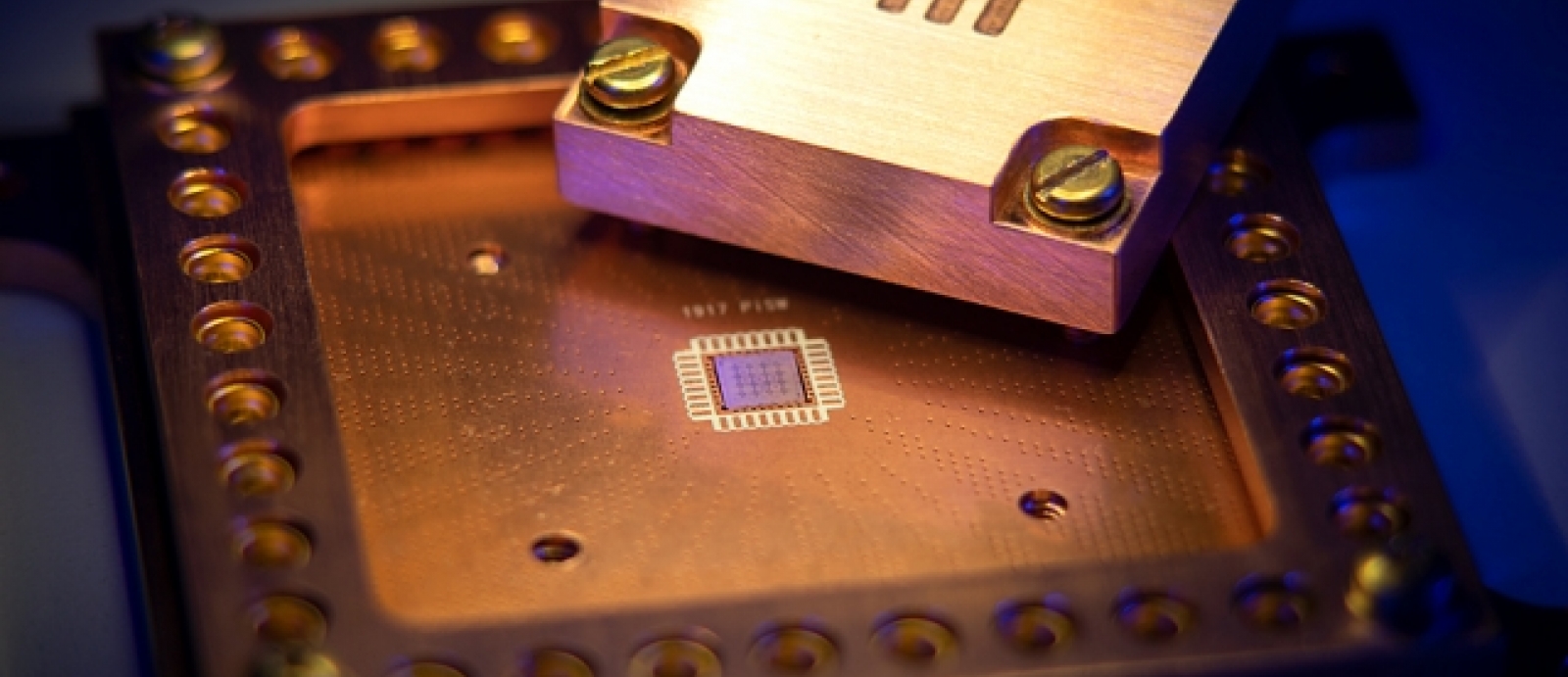
Uncovering the hidden "noise" that can kill qubits
MIT and Dartmouth College researchers have demonstrated, for the first time, a tool that detects new characteristics of environmental "noise" that can destroy the fragile quantum state of qubits, the fundamental components of quantum computers. The advance may provide insights into microscopic noise mechanisms to help engineer new ways of protecting qubits.
Qubits can represent the two states corresponding to the classic binary bits, a 0 or 1. But, they can also maintain a "quantum superposition" of both states simultaneously, enabling quantum computers to solve complex problems that are practically impossible for classical computers.
But a qubit's quantum "coherence" — meaning its ability to maintain the superposition state — can fall apart due to noise coming from environment around the qubit. Noise can arise from control electronics, heat, or impurities in the qubit material itself, and can also cause serious computing errors that may be difficult to correct.
Researchers have developed statistics-based models to estimate the impact of unwanted noise sources surrounding qubits to create new ways to protect them, and to gain insights into the noise mechanisms themselves. But, those tools generally capture simplistic "Gaussian noise," essentially the collection of random disruptions from a large number of sources. In short, it's like white noise coming from the murmuring of a large crowd, where there's no specific disruptive pattern that stands out, so the qubit isn't particularly affected by any one particular source. In this type of model, the probability distribution of the noise would form a standard symmetrical bell curve, regardless of the statistical significance of individual contributors.
In a paper published today in the journal Nature Communications, the researchers describe a new tool that, for the first time, measures "non-Gaussian noise" affecting a qubit. This noise features distinctive patterns that generally stem from a few particularly strong noise sources.